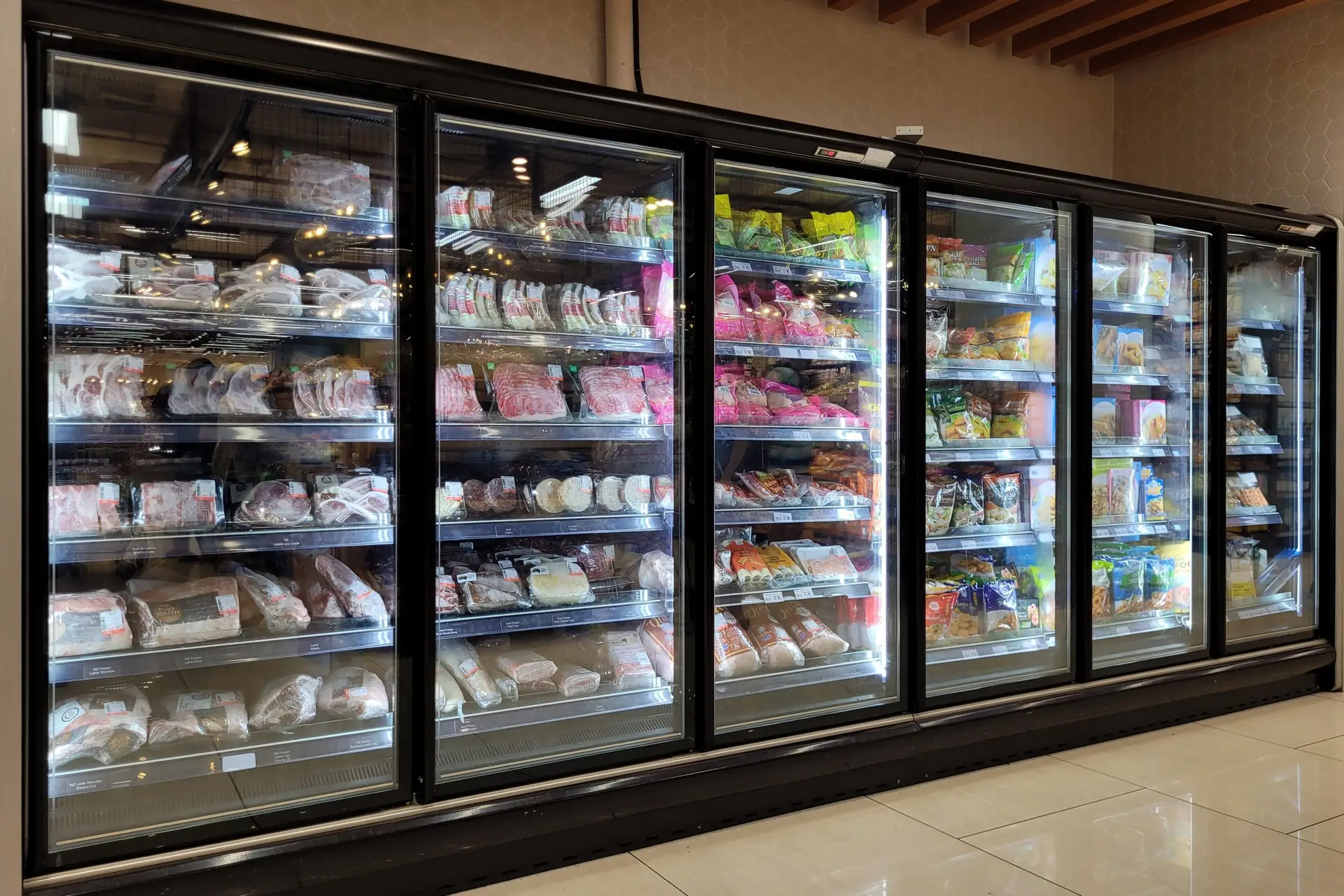When a fridge stops working during a holiday rush, the pressure rises quickly. We often store more food than usual, and timing matters when guests or customers are waiting. In moments like these, having a clear plan can make the difference between saving food and losing it. Our team at Freedom Appliances has learned practical steps that help in this situation, and we want to share them so the stress feels more manageable.
Assess the Situation Quickly
First, we check if the fridge has truly failed or if the issue is simple. Sometimes the plug comes loose or the breaker trips. To clarify, checking power, thermostat settings, and airflow around the appliance can rule out quick fixes. If everything appears in place, we listen for unusual noises like clicks or silence, both of which suggest deeper problems.
Meanwhile, we monitor the internal temperature with a thermometer if possible. A fridge should stay below 40°F, and a freezer below 0°F. After that, we decide what food needs immediate attention. Perishable items like meat, dairy, and seafood spoil faster, so moving them to a backup cooler with ice may buy us valuable time.
Prioritize Food Safety
Food safety becomes the next priority. During a holiday rush, it is tempting to take risks with items that look fine, but bacteria can spread quickly above safe temperatures. Therefore, we keep raw foods separate from ready-to-eat dishes when moving them into temporary storage.
Similarly, we remind ourselves of the two-hour rule: any food left in unsafe temperatures for more than two hours is usually unsafe to eat. In other words, if in doubt, we throw it out. Above all, protecting guests or customers from foodborne illness is more important than saving a few ingredients. For businesses, commercial fridge repair is often the best step after stabilizing the immediate food safety risks.
Use Backup Solutions
Sometimes backup solutions already exist, and we overlook them in the rush. For instance, coolers filled with ice packs or even clean bins with sealed bags of ice can extend safe storage time for several hours. Likewise, if there is another working fridge or freezer on site, redistributing items quickly prevents large losses.
In the same vein, dry ice can keep food cold longer, though handling it with care is essential. Placing it in the freezer compartment helps stabilize frozen items until professional help arrives. These temporary solutions work best when we act quickly, and they often give us a margin of safety to arrange for expert commercial fridge repair services.
Plan for Professional Repair
After food is secured, our focus shifts to repair. Trying to fix complex refrigeration issues without training can make things worse. However, we can gather useful information before help arrives. For example, noting whether the compressor runs, checking if coils are dirty, and observing frost buildup all provide helpful details for a technician.
Moreover, we should prepare access by clearing space around the unit. This allows repairs to begin faster and reduces downtime. We also benefit from keeping key service numbers ready ahead of time. Freedom Appliances encourages businesses and households to plan for these events so stress levels drop when a fridge fails at the worst moment.
Preventive Measures for the Future
Failures often strike at peak times because fridges are under extra strain. Consequently, regular maintenance becomes essential. Cleaning condenser coils, checking door seals, and ensuring proper airflow inside and outside the unit go a long way toward avoiding breakdowns.
In addition, scheduling seasonal inspections keeps small issues from turning into major failures. For example, a thermostat out of calibration or a weak fan motor can be spotted early. Similarly, training staff to notice changes in performance like longer cooling cycles can prevent crises. Routine care saves food, money, and frustration during critical times.
Have an Emergency Plan
Every home and business should have an emergency plan for refrigeration failure. This means knowing what backup storage is available, which suppliers or neighbors could help, and which technician to call. During the holiday rush, clarity reduces panic.
We also recommend writing the plan down. In practice, stress makes it hard to remember details. A written checklist with steps for food safety, backup storage, and contacting help makes the response quicker. For businesses, training staff on these steps ensures the plan works smoothly when timing matters most. For reliable support during emergencies, the best step is to contact us and set up a service response in advance.
FAQ
What should we check first when the fridge stops working?
We start by checking power, plugs, breakers, and thermostat settings. These simple checks sometimes solve the issue without repairs.
How long does food last in a fridge that is not cooling?
Food can stay safe for about four hours if the door stays closed. After that, safety depends on the temperature and the type of food.
Is it safe to refreeze food after a fridge failure?
If food still contains ice crystals or is below 40°F, it can be refrozen. However, once it warms above that, it should not be returned to the freezer.
What is the best way to keep food cold during a breakdown?
Coolers with ice or dry ice are effective. Spreading items between multiple containers also helps keep temperatures stable.
Can routine maintenance really prevent holiday breakdowns?
Yes, maintenance is one of the strongest protections. Clean coils, tight seals, and regular inspections reduce the chance of sudden failures.





